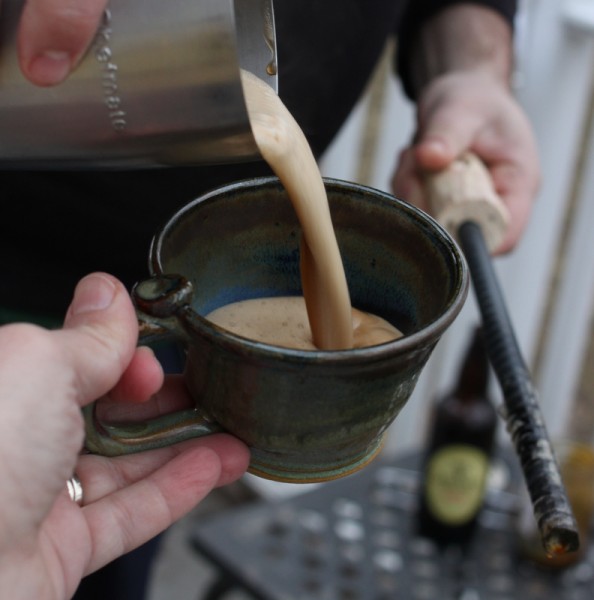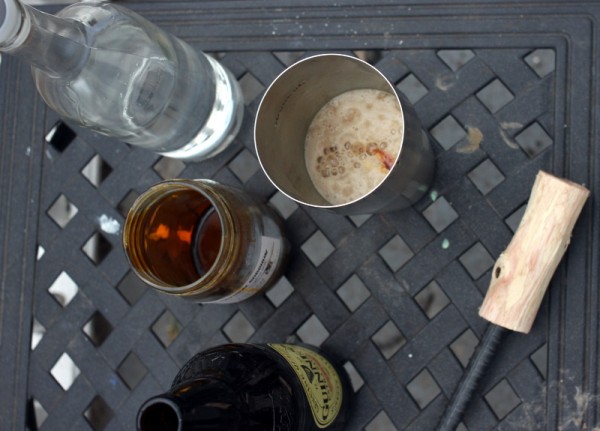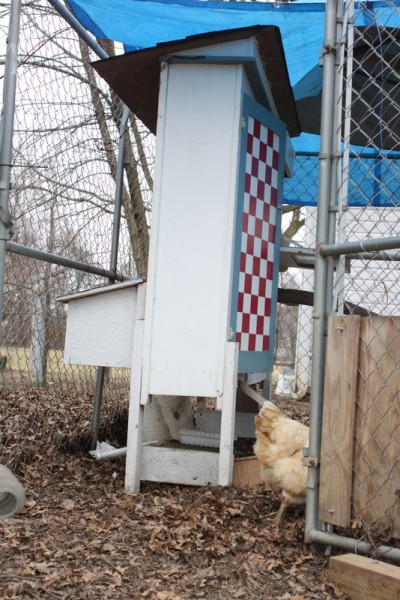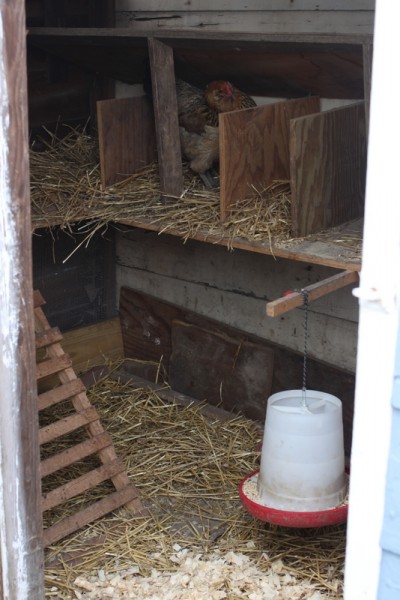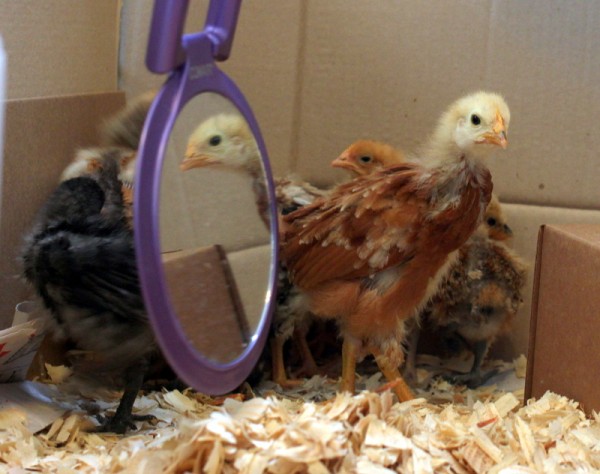Wild Fermentation and Art of Fermentation author Sandor Katz visited Columbus briefly last week. He taught two classes to the ever-growing population of people who keep jars of ferments brewing in their homes.
Our family ferments sauerkraut, sour cream, kefir, beer, charcuterie and more on a regular basis. I don't write about it here often because we never make the same thing twice, preferring to ferment what we have in abundance at any given time. Fermentation is a fun and useful pursuit that I want to encourage. Below are ideas from Sandor Katz to start your sour juices flowing:
"There's No Food You Can't Ferment"
People ferment for:
- preservation - krauts, kimchis, and cheeses historically allowed populations to survive between growing seasons
- production of alcohol - to sanitize water, provide entertainment and elightenment, and preserve grains in a useable form
- digestion - see below
- flavor - almost all gourmet foods like cheeses, cured meats, olives, chocolate, coffee, and vinegars are fermented
Vegetables are a good place to start because they are intrinsically safe, require no special equipment, ferment quickly and are delicious. The process can be as simple as cutting up vegetables, pressing them until juices run, adding a little salt, and submerging under juices or water for a few days until they sour.
Salt is good for the process because it discourages unwanted molds, enhances taste, and maintains texture but you can use very little. Through osmosis, salt pulls out water and creates a desirable selective environment for the fermenting bacteria that can tolerate salt.
Fermentation changes foods by:
- pre-digesting nutrients that humans cannot digest normally, as is the case in dried soybeans fermented into tofu
- enhancing nutritients - fermented foods have more B vitamins than fresh versions and some nutrients like natokinase are only available after fermentation
- de-toxification - cassava, the African staple crop, for example, is a root vegetable that contains cyanide and is inedible until fermented.
- live bacterial cultures - pro-biotics aid digestion by supplementing the biota in our guts. Eating naturally fermented foods with diverse macrobiotics offer more benefits than monoculture probiotic additives or pills.
"Where Is The Line Between Fermented And Rotten?"
No form of life has lived without bacteria, yet Americans for the past 100 years have been indoctrinated in the idea that bacteria is dangerous. Humans need bacteria to digest and absorb nutrients, reproduce, and support immune function.
The origins of fermented foods predate recorded history because as soon as humans chose an agrarian lifestyle, they had to use fermentation to preserve crops. Agriculture would not make sense if fermentation did not exist.
Food exists on a spectrum from fresh to rotten. Cultural standards often define what is too rotten to eat. Scandinavians notoriously eat fermented fish that both smells and looks rotten to most Americans. Runny, molded cheeses are not common here either but are considered delicacies in parts of Europe. Expanding your palate by eating more fermented foods may open your mind to new flavors.

"Be Bold In Your Experimentation But Not In Your Quantities"
Once in awhile, everyone who attempts fermented foods will create something that isn't tasty at the best or afflicted by black mold at the worst. It's ok - we all make mistakes. To minimize waste, make many small batches until you learn what works in your environment and with your particular tastes.
For health, preservation and flavor, ferment!
Special thanks to City Folk's Farm Shop, Swainway Urban Farm, and Clintonville Community Market for sponsoring this event and Janine Harris Degitz for organizing.

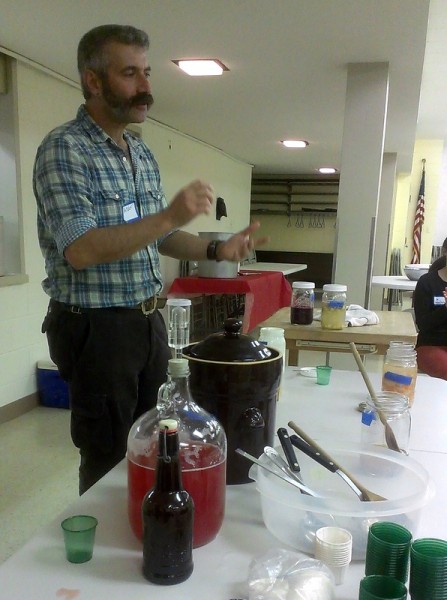

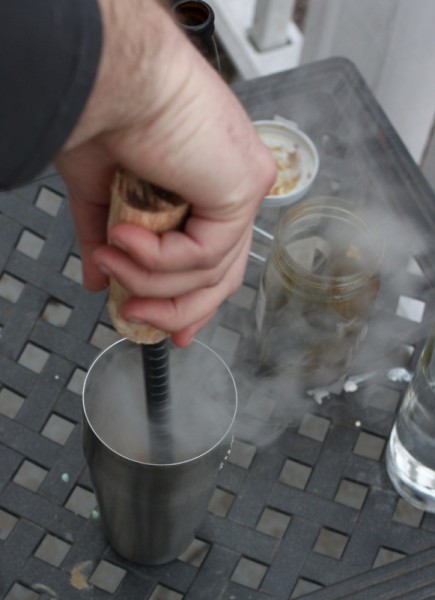
 . We had to make it at home.
. We had to make it at home.